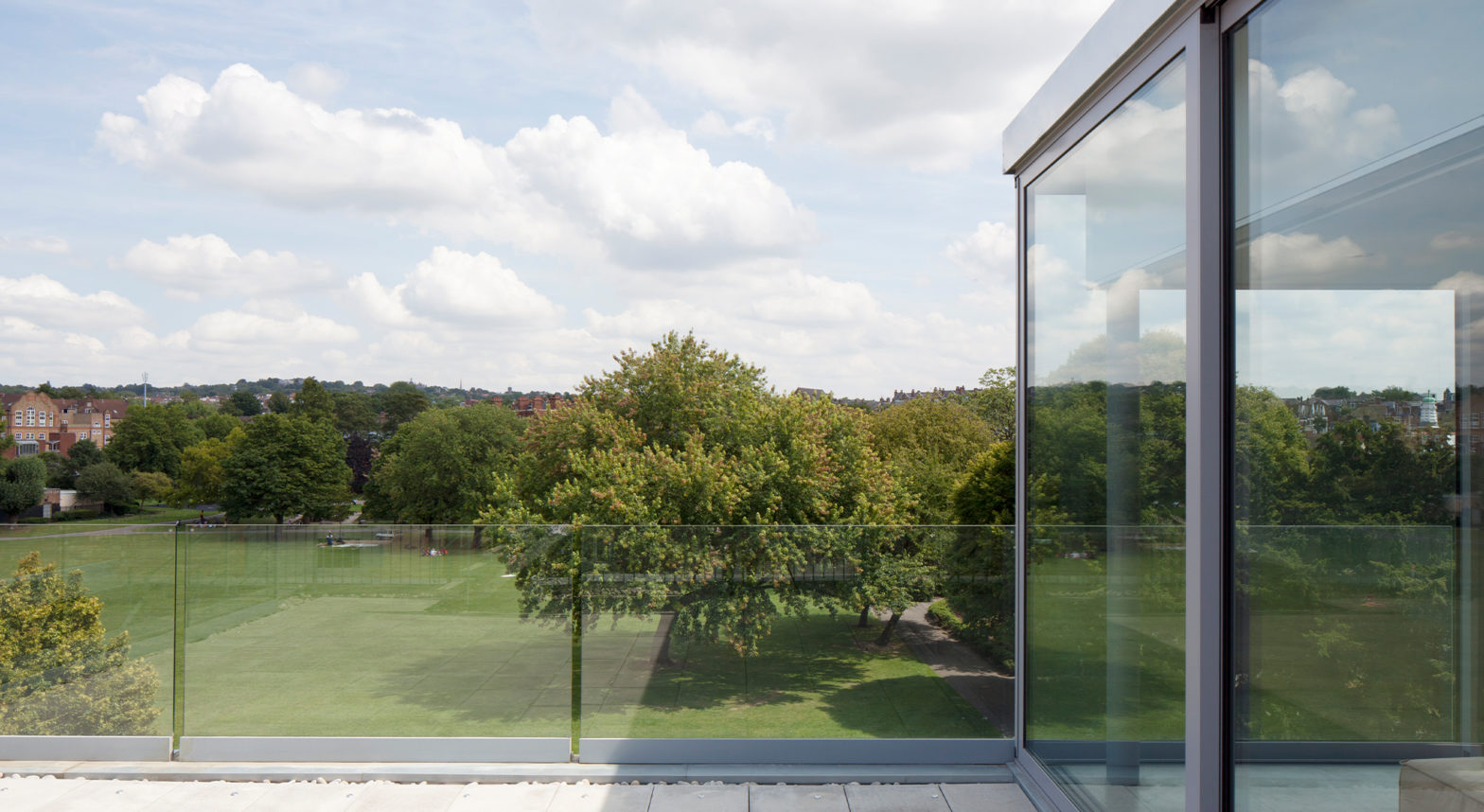
A Circular system employs reuse, repair, refurbishment, remanufacturing, recycling and sharing to create a closed-loop system that minimises the use of resource inputs and the creation of waste, pollution and carbon emissions. This can apply to all industries, including manufacturing, service and construction – where eliminating waste is a goal.
The Ellen MacArthur Foundation has been researching and promoting the idea of the Circular Economy for over ten years. Their website contains a vast collection of resources, videos and a helpful Toolkit that is designed to guide you through a selection of resources to learn, apply, and contribute to bringing circular design to life.
One of their studies, Circular Economy in Cities, looks at the macro scale of design, operation, maintenance and infrastructure of the cities we live in and what needs to change to bring them closer to a circular economy. Systems, infrastructure, vehicles, buildings and products need to become more durable, adaptable or easy to maintain and repurpose. In doing so, significant quantities of waste can be reduced, and there is potential for an entirely new industry dedicated to sustaining this sector to bring new jobs and other possibilities. Significant change can only happen if governments and Local Authorities implement changes at the planning and legislative level.
We, as designers, are thinking about the life cycle of our proposals and how we can reduce our long-term impact on the environment, and a valuable tool to assist with this are these Factsheets with ideas and opportunities for how to design with the Circular Economy in mind. For those with less time on their hands, we have extracted a few exciting and relevant topics to the construction industry;
Designing for adaptable and flexible use
New concepts and techniques that bring greater flexibility and resource efficiency into residential and commercial buildings support the efficient and effective use of a building during its lifetime. We can consider repurposing a commercial building into housing, using modularity to downsize a home or an office, or supporting sharing and mixed functionality. Alternatively, we could build only the essential parts of the building, allowing the residents to expand and adapt over time, thus opening up a way for low-income housing to be provided while contributing to building longevity.
Integrating material choices into design
Selecting safe and healthy materials to be used in buildings can result in healthier living and working environments for residents, as well as encourage the repurposing of materials at the end of their use.
Taking design inspiration from nature
Low-tech solutions, such as bioclimatic and passive design, make use of natural conditions to cool, heat, light, and ventilate buildings. These increase a building’s performance and minimise energy consumption. Biophilic design, i.e. greening of building exteriors, façades and roofs, reduces air pollution, noise, flooding and the urban heat-island effect.
Sourcing materials strategically
Selecting construction materials that can be sourced locally (including by-products), and kept in use continuously, can reduce virgin material demand. Materials made available during deconstruction could then be reused. Selecting renewable materials where appropriate can furthermore reduce dependence on finite resources.
Building with resource-efficient construction techniques
Prefabricated building elements can easily be assembled on-site, significantly reducing construction time. 3D printing (also known as additive manufacturing) of building units on- or off-site, from components to entire buildings, can minimise waste generation and resource consumption.
Developing ‘buildings as material banks’ (BAMB)
BIM and similar digital building mapping technology can help turn buildings into ‘banks of material’. With such building material maps, owners will have information on what materials and components are in the building, where they are sourced from, and guidance on their potential future use.
Several organisations have popped up in the past few years to standardise the circular economy for the construction industry. A popular one is Cradle to Cradle Products Innovation Institute offers Certification for both products and systems.
On their website, they have a helpful Online Products Registry which lists all the products that have been certified across numerous industries – there will be a few big names on there that might surprise you.
As Architects & Designers, we are always looking for new ways to think about the design process and how we can reduce our impact on the environment. The Circular Economy is a concept we believe in but, to date, have found difficult to address, as products and construction techniques typically follow a more linear approach.
However, our industry has an increasing appetite for circular design. At the early stages of the design process, we should consider how Circular Design strategies can be adopted to strengthen our proposals and promote long-term benefits.